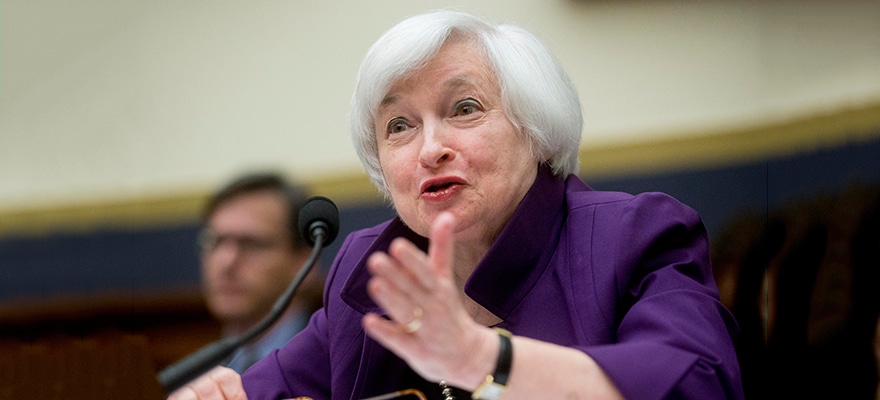This article was written by James Hyerczyk, financial analyst at FX Empire.
August is usually a quiet month when it comes to central bank activity. The European Central Bank shut down its summer activity on July 21 and won’t reopen for business until September 8. The U.S. Federal Reserve was next with its last meeting on July 27. It won’t be heard from until September 21.
This year may be an exception, however, because three central banks are widely expected to cut their benchmark interest rates. These include the Reserve Bank of Australia on August 2, the Bank of England on August 4 and the Reserve Bank of New Zealand on August 11.
RESERVE BANK OF AUSTRALIA

The Reserve Bank of Australia last cut interest rates on May 3. It was a surprise move that caught many investors off-guard. However, some fortunate investors anticipated the move based on the chart pattern. The daily chart shows the AUD/USD reached a peak at .7834 on April 21, producing a bearish technical reversal in the process. This chart pattern occurred eight days before the RBA announcement.
The move still triggered a huge break to .7145 on May 24 before value buyers came in to stop the slide. This bottom corresponded with comments from RBA governor Glenn Stevens who said he supported inflation targeting. The bottoming action suggested that investors had fully priced in another rate cut later in the year.
On July 27, the AUD/USD reached another short-term bottom at .7420. This bottom was matched against weaker-than-expected Australian consumer inflation figures. Since then it has rallied back to .7615.
Although it is widely accepted that rate moves by a central bank cause volatile reactions, I find that it is surprise moves that cause the most Volatility . At this time, the market pretty much knows the rate cut is coming so it may already be fully priced into the Australian dollar. The surprise would be if the RBA passes on a rate hike. Therefore, the risk is to the upside with this rate announcement. If the RBA refrains from cutting rates at this time, we could see a tremendous short-covering rally that may last until its next meeting on September 2.
BANK OF ENGLAND

Traders are almost 100% certain the Bank of England will cut its benchmark interest rate 25-basis points from 1.75% to a historically low 1.50% and announce additional stimulus. There should be no surprises here since the central bank needs to continue to pump money into the economy to soften the effects of the Brexit vote.
There are already signs that a recession in the U.K. is coming. On August 1, a report showed that British manufacturing shrank at its fastest pace in more than three years in July. Another report showed that business confidence tumbled following the Brexit vote. Both surveys indicate an increased chance of a recession ahead.
RESERVE BANK OF NEW ZEALAND

The RBNZ is also poised to cut interest rates when it meets on August 11. It tipped its hand on July 21 when, in an out-of-schedule economic update, it said it is struggling to meet its inflation objective of keeping the annual consumer price index between 1 percent and 3 percent with the New Zealand dollar 6 percent
“At this stage, it seems likely that foreign policy easing will be required to ensure that future average inflation settles near the middle of the target range,” it said in a statement. “We will continue to watch closely the emerging economic data.”
The central bank also said its currency is “notably higher” than in the alternative scenario presented in the June monetary policy statement which would warrant more interest rate cuts.
CONCLUSION
The weak U.K. PMI data released on August 1 all but guarantees that the Reserve Bank of Australia, the Bank of England and the Reserve Bank of New Zealand will slash interest rates at their next meetings later this month.
If there is a surprise, it will come from the Reserve Bank of Australia since it still has time to cut rates later this year. However, the Bank of England has no choice but to cut now. It could also say another rate is coming before the end of the year. If this occurs, interest rates would hit 0.00%, just one more cut from negative rates. New Zealand’s central bank will also have to cut because investors will continue to chase the higher yield its country offers, driving up the New Zealand dollar. This would be bad for business.
















